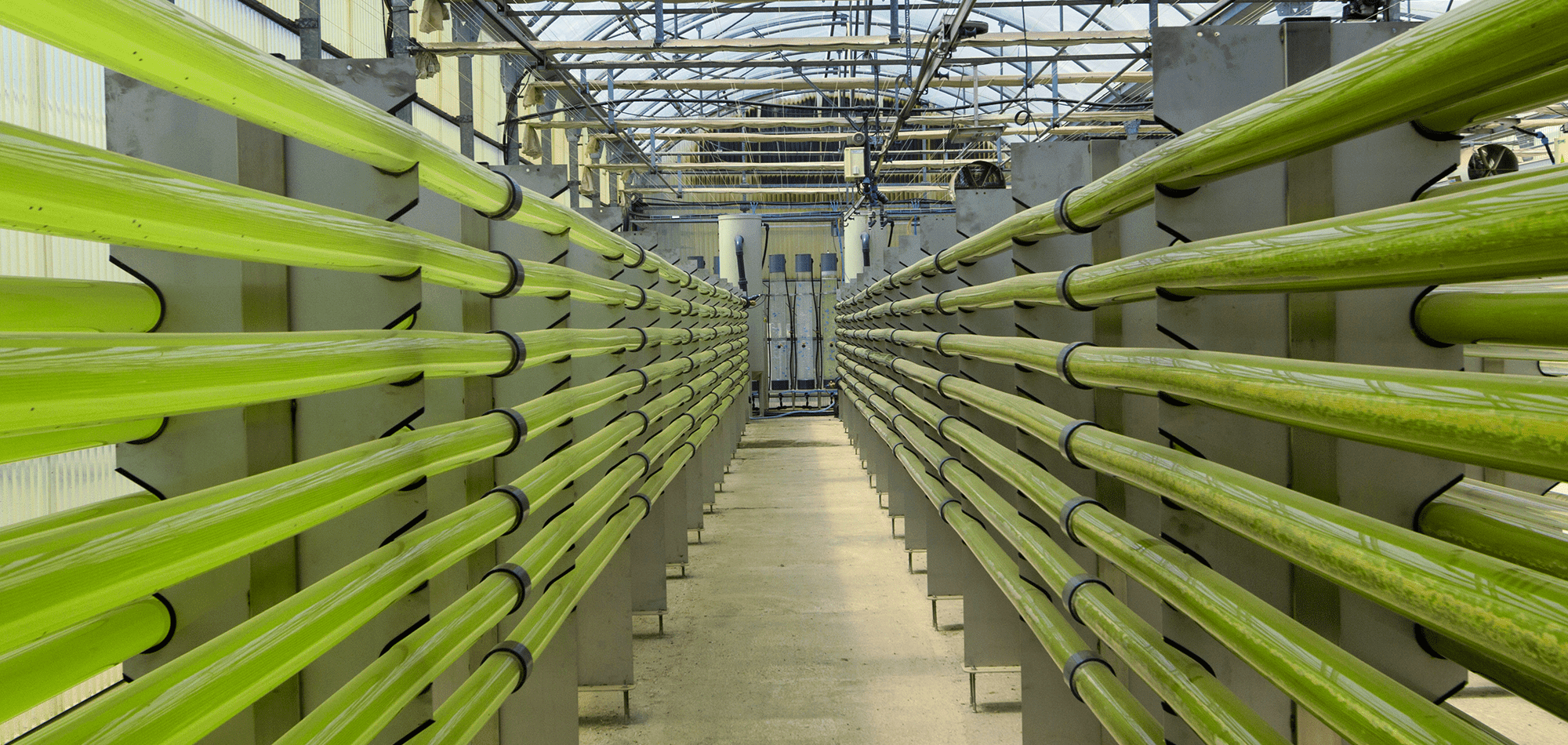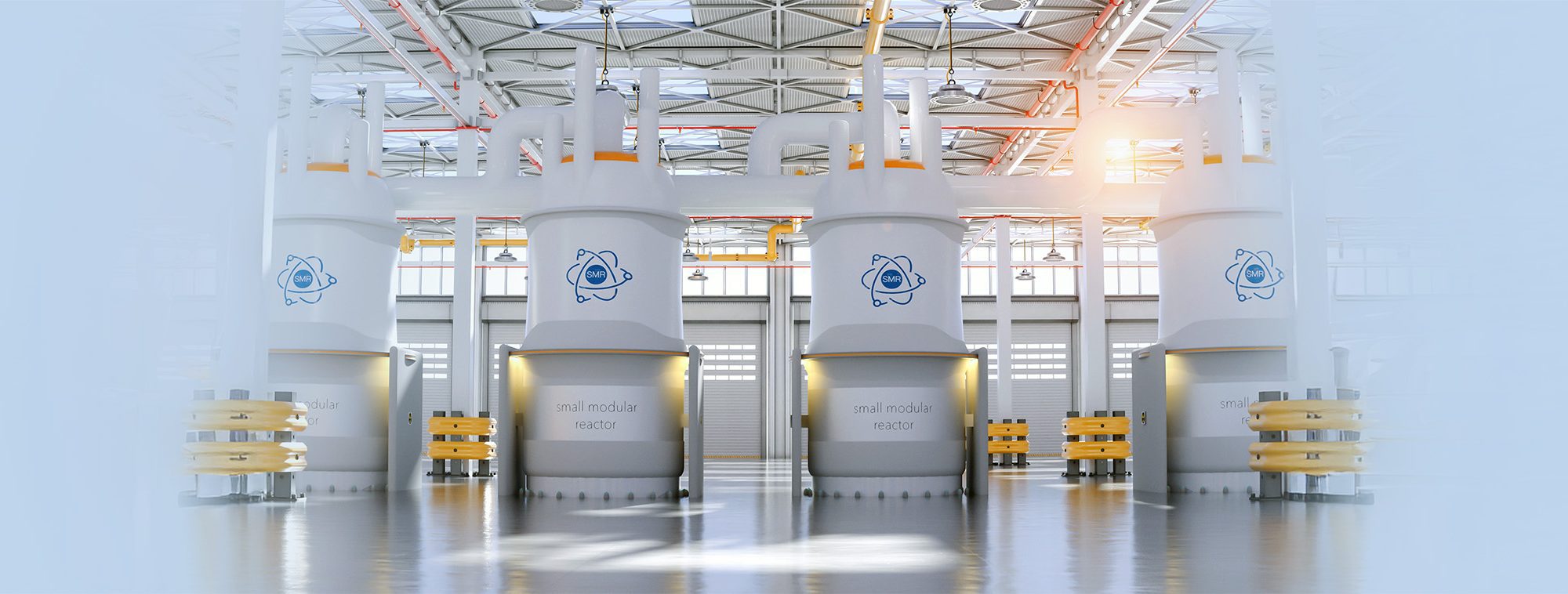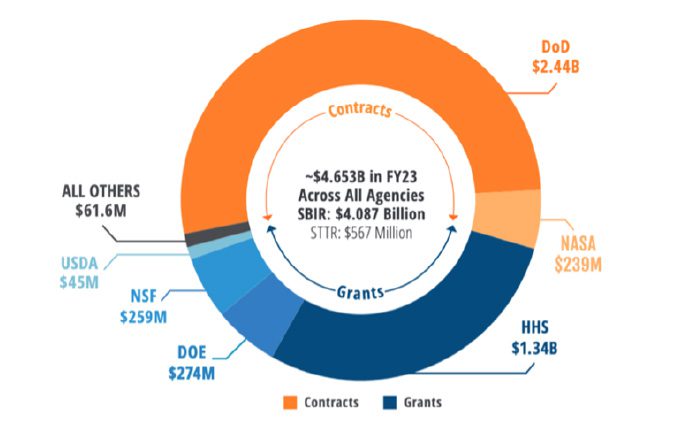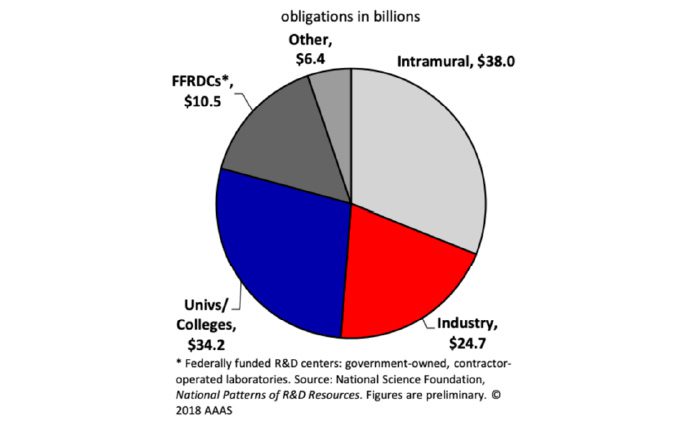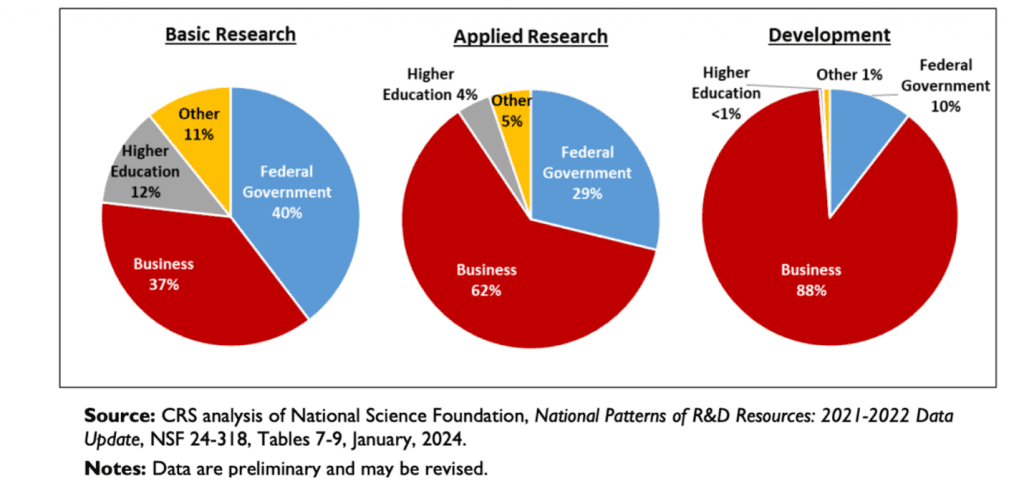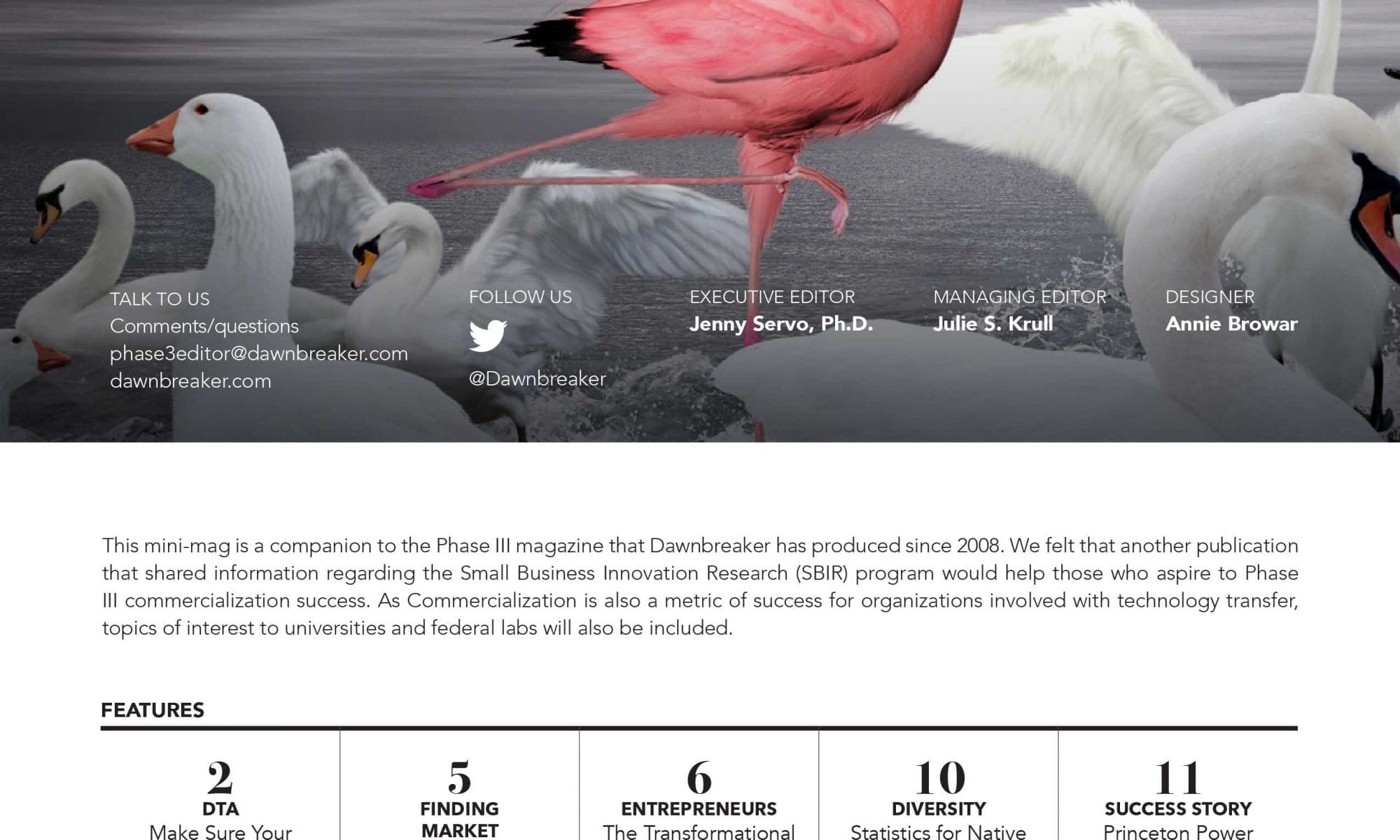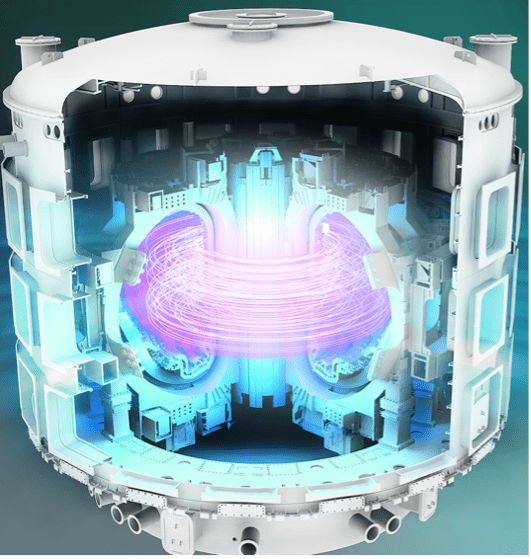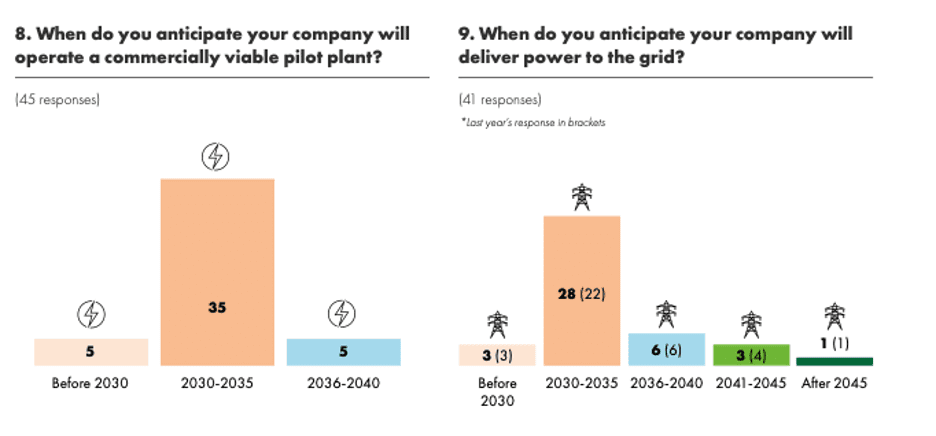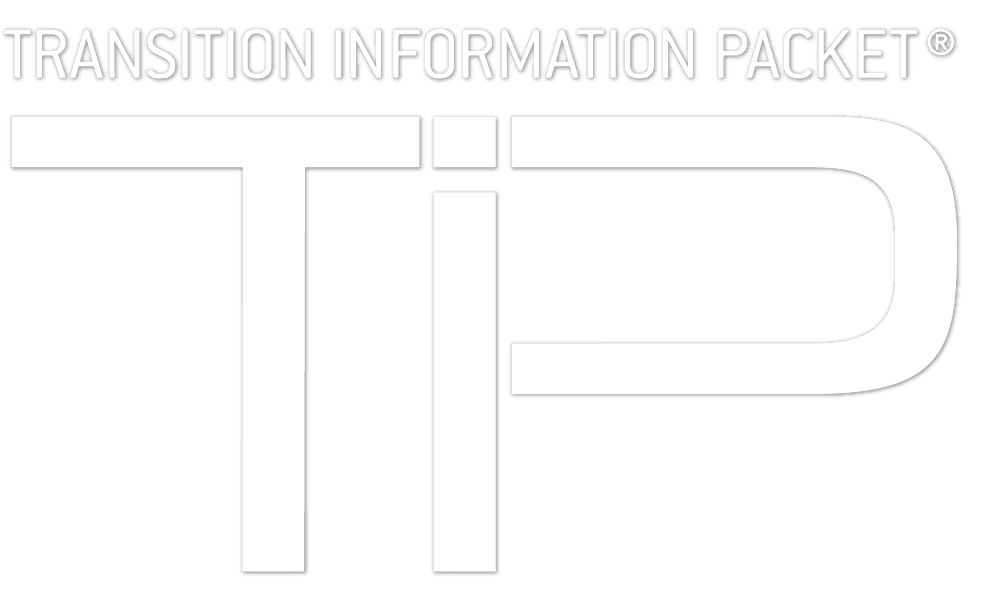U.S. and global electricity demand are both expected to increase 50% or more by 2050. To meet anticipated demand, cleaner, more efficient, reliable, and affordable energy generation and storage solutions are needed. Solid oxide fuel cell (SOFC) technology is a promising, efficient, low-emissions means of generating electricity from a range of fuels, including hydrogen, natural gas, biogas, and syngas. A recent U.S. House of Representatives Energy & Water Development Appropriations subcommittee report (July 2025) recommended up to $30 million to advance SOFC research and development.
SOFCs, which produce electricity by oxidizing gaseous fuels at high temperatures, are closely tied to solid oxide electrolysis cells (SOECs) and reversible solid oxide fuel cell (R-SOFC) systems. While SOFCs use hydrogen and oxygen to produce electricity along with heat and water, SOECs use electricity, water, and heat to produce hydrogen gas, along with oxygen. R-SOFC systems are single, hybrid devices that can do both. SOFCs are the leading fuel cell technology for stationary applications and are well-suited to serving as continuous power supplies.
According to MarketsandMarkets, the global solid oxide fuel cell (SOFC) market is expected to grow at a compound annual growth rate (CAGR) of 31.2%, expanding from $2.98 billion in 2025 to $11.61 billion in 2030. These figures account for planar and tubular-type SOFCs and for the fuel cell stacks as well as the balance of the plant.* In these projections, analysts segment the market into portable, stationary, and transport applications and identify residential, commercial and industrial, data center, and military and defense customers as the major end user groups. MarketsandMarkets projects that data centers will be the fastest-growing end user group through 2030.
The fuel-to-electricity efficiency, near-zero emissions, and fuel flexibility of SOFCs, as well as the integration of R-SOFC systems with renewable energy sources, are driving market growth. As a result, substantial market opportunities are emerging. These include data centers, drones, battery chargers, distributed generation, microgrids, chemical and fuel production, transportation, and more. The high temperatures at which SOFCs operate make them an attractive option for industries using combined heat and power (CHP) systems to improve efficiency. However, SOFC technology is not without competition from other low-emissions fuel cell technologies, including molten carbonate (MCFC) and polymer electrolyte membrane (PEMFC) fuel cells. Currently, SOFC market growth is challenged by the high cost of high-durability materials needed for high-temperature operation.
Top players in the global SOFC market include Bloom Energy (U.S.), Mitsubishi Heavy Industries (Japan), AISIN Corp. (Japan), and Kyocera Corp. (Japan). The global SOFC market is fairly consolidated, as those four companies account for about 70-80% of the entire market, according to MarketsandMarkets. Other notable SOFC companies include Ceres Power (UK), Convion (Finland), Cummins (U.S.), Doosan Fuel Cell (S. Korea), Elcogen (Estonia), FuelCell Energy (U.S.), Miura (Japan), Nexceris (U.S.), Sunfire (Germany), WATT Fuel Cell (U.S.), and Bosch (Germany), which pivoted away from the SOFC business in early 2025 in favor of hydrogen-generating electrolyzers.
The DOE Office of Fossil Energy and Carbon Management (FECM) supports the growth of the domestic market with its Solid Oxide Fuel Cell (SOFC) Program, initiated in 2000 and led by the National Energy Technology Laboratory (NETL). NETL’s SOFC team, under the Hydrogen with Carbon Management Program, conducts R&D projects on “technical issues facing the commercialization of R-SOFC technologies and pilot-scale testing… to validate the solutions.” This line of inquiry is designed to “enable the generation of efficient, low-cost electricity and hydrogen.” Areas of focus include cell degradation characterization and modeling, advanced electrode engineering, and systems engineering and analysis. (See sample publications on OSTI.gov.)

